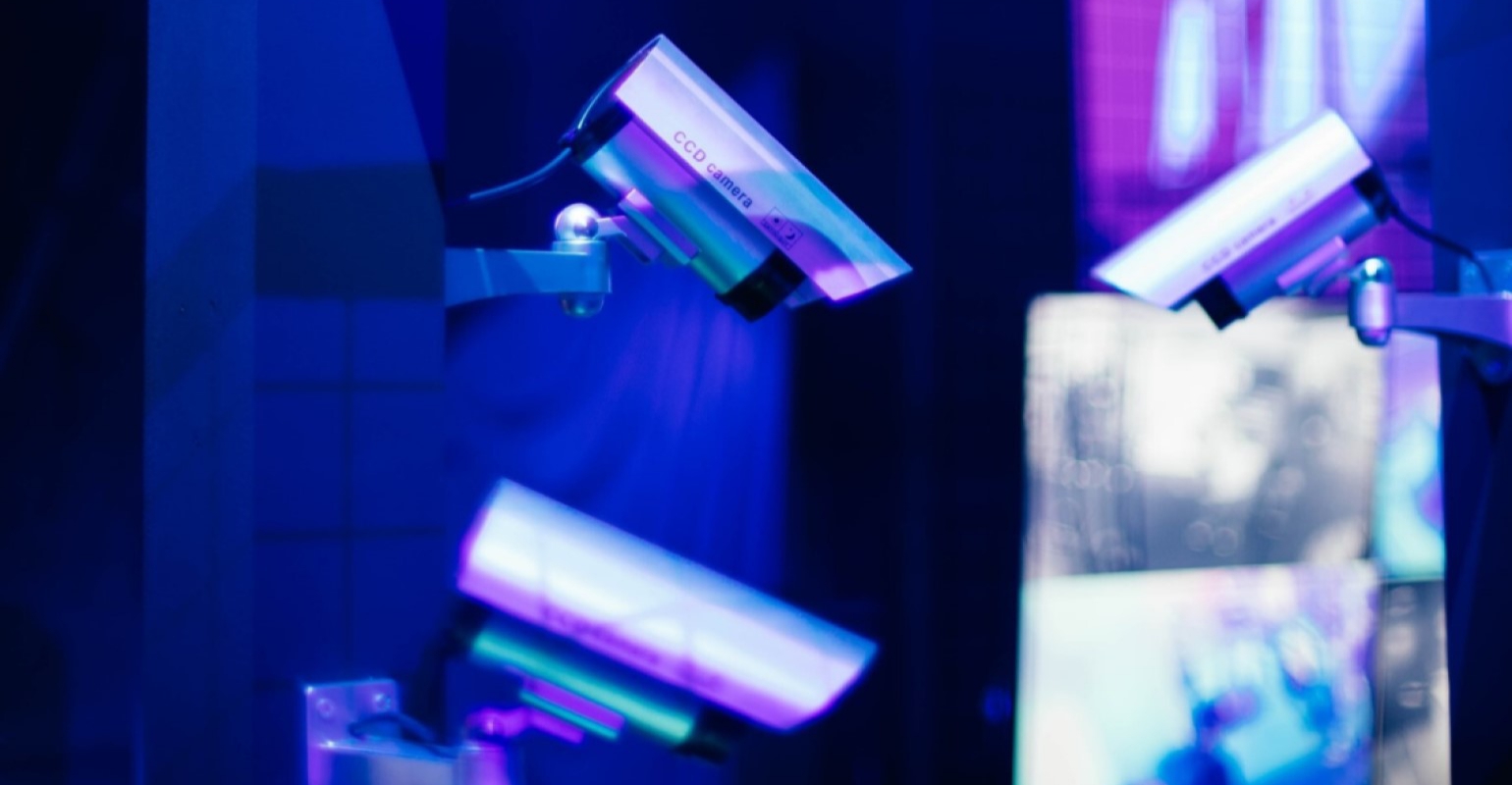
During the past years, the increasingly widespread presence of video cameras in public spaces has raised a general concern about privacy: what kind of information about ourselves is being captured, or even stored? How is this information used? Can we track it? Is there any way we can control or limit the recording and storage of this information?
Within the EU, the European Commission fortunately tackled this matter and a consensus was reached: a trade-off between security and privacy is needed. This led to the approval of the GDPR (General Data Protection Regulation), whose goal is to protect EU citizens’ right to privacy. Among other aspects, this regulation forbids the long-term storage of videos recorded in public spaces by private entities and institutions. Unless, however, it can be guaranteed that the videos have been fully anonymized: that is, they do not contain any kind of personal data whatsoever.
But how can a video be truly anonymized? How can we locate every element in every video frame containing data that is considered personal or sensitive? And how can these elements be processed so that anonymity is achieved?
In the latest episode from the Data Discovery Channel, Zina Al-Jibouri and I address these issues, and we introduce our research on video anonymization methods. Initially proposed through my Computer Science master’s thesis, and currently being continued by Zina as her AI master’s thesis, we present a novel approach towards full anonymization, based on the creation of an alternative video where only the relevant (non-personal) data is transferred to. To do so, we apply machine learning and computer vision techniques to infer 3D information from 2D video, so that the recorded scene can be reconstructed within the 3D space using generic object representations.
During the episode, we also discuss how this research project started, the cons of existing image and video anonymization methods regarding GDPR-compliance, the challenges we have faced when implementing this approach, and the work Zina is currently doing to overcome those challenges and improve the proposed method.
[youtube_sc url=”https://www.youtube.com/watch?v=JjirQ63Wk7A”]
For a more detailed description of the project and a demonstration of the method, you can access the project’s website here, as well as my thesis publication within the Utrecht University repository for an in-depth explanation of the research. If you want to delve more into the different tools and techniques we used within our pipelines, or you want to experiment with them for personal projects, we recommend the following reference material:
- The Mask R-CNN method for object recognition and segmentation, and its official implementation by Facebook AI Research
- The project page for MonoDepth, the depth estimation method for single images
- The DeepSORT algorithm for tracking objects, and the implementation provided by its authors
- The pix2pix method for image-to-image translation using GANs (Generative Adversarial Networks)
- The TensorFlow guide to implementing GANs
If you have any questions regarding the project and its current status, feel free to ask Zina and I via LinkedIn. In addition, if you are interested in the topics of data and AI, you work as an AI engineer, data scientist or data engineer (or would like to), and want to learn about the latest developments in the field, subscribe to the Data Discovery Channel to get notified about new episodes.

 0 comments
0 comments Artificial Intelligence
Artificial Intelligence